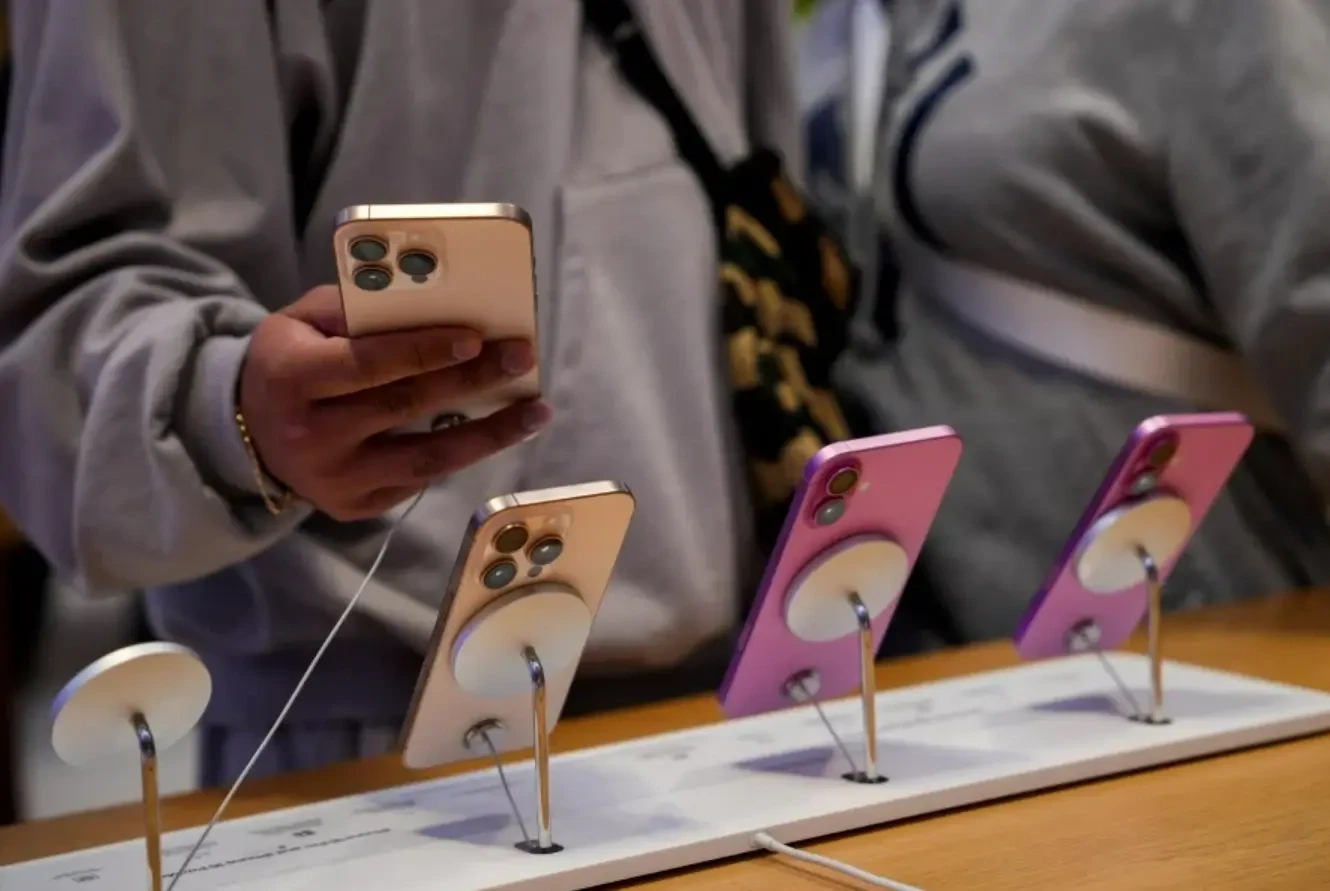Apple is going all in on India-and it’s not just about production anymore. It’s about survival.
Between March and May this year, a staggering 97 per cent of iPhones exported by Apple supplier Foxconn from India were shipped to the United States, according to exclusive customs data reported by Reuters.
That’s nearly double the usual average and signals a strategic redirection: Apple is now using India as its primary export base to dodge rising US tariffs on China.
India to US: A one-way iPhone highway
The numbers are eye-opening. Foxconn’s iPhone exports from India touched $3.2 billion in just three months. Almost all of it went to the US-up from a 2024 average of just 50 per cent.
And May 2025 alone saw exports worth nearly $1 billion, marking the second-biggest monthly shipment ever, after the March peak of $1.3 billion.
This shift underscores how Apple is repositioning India not just as a backup to China, but as a front-line base to serve its most lucrative market.
Trump’s new tariffs trigger supply chain panic
At the heart of this pivot lies a political shockwave. US President Donald Trump announced a 55 per cent tariff on Chinese goods earlier this week, escalating the trade standoff with Beijing.
India, in contrast, faces only a 10 per cent baseline duty-though it’s still lobbying Washington to scrap a proposed 26 per cent ‘reciprocal’ levy, which Trump had temporarily put on hold.
Caught in the crossfire, Apple is racing to protect its bottom line. With over 60 million iPhones sold annually in the US, staying dependent on Chinese manufacturing would spell crippling price hikes for American consumers.
From Chennai to California: Apple speeds things up
Apple isn’t just shifting where it builds-it’s overhauling how fast it delivers.
To accelerate India-based exports, Apple chartered cargo planes to fly out billions of dollars’ worth of iPhones-including the latest iPhone 13, 14, 16 and 16e models-directly to the US.
The company has also pushed for faster customs clearance at Chennai airport, lobbying authorities to cut processing times from 30 hours to just 6 hours, Reuters had earlier reported.
India’s rise-and its cost
Analysts say the export boom is just the beginning.
“We expect iPhones made in India to account for 25 to 30 per cent of global shipments this year, up from 18 per cent in 2024,” said Prachir Singh, senior analyst at Counterpoint Research, quoted by Reuters.
But India’s rise as a smartphone hub still faces hurdles. High duties on imported components continue to inflate production costs, limiting India’s appeal as a full-scale manufacturing alternative to China.
Trump vs Apple
Despite the export gains, Apple isn’t exactly winning praise from Washington.
In May, Trump publicly criticised Apple CEO Tim Cook for expanding in India.
“We’re not interested in you building in India. India can take care of themselves. We want you to build here,” Trump reportedly told Cook, as cited by Reuters.
The message is clear: Washington wants iPhones made in America. But for now, India is Apple’s best bet to keep prices stable in its largest market.
Apple’s India strategy has taken on new urgency. Once seen as a slow but steady ‘China plus one’ option, India is now the epicentre of Apple’s trade war survival strategy.
With production lines humming and exports climbing, the world’s most valuable company is betting big on Indian soil-even if it ruffles feathers in the White House.
